Committee doctors continue to be on the front lines, fighting for their patients.
#HealthCare #ProtectHealthCare #Medicaid #Medicare #Doctors
998 Followers
306 Following
Doctors building a pro-patient majority in Congress & states so everyone has the health care they need. Led by @DrRobDavidson.bsky.social
Statistics
Committee doctors continue to be on the front lines, fighting for their patients.
#HealthCare #ProtectHealthCare #Medicaid #Medicare #Doctors
60 years ago, the Social Security Amendments of 1965 were signed, establishing Medicare and Medicaid.
Now, the GOP is attacking these programs with their tax bill, which could rip away health care from 15 million Americans.
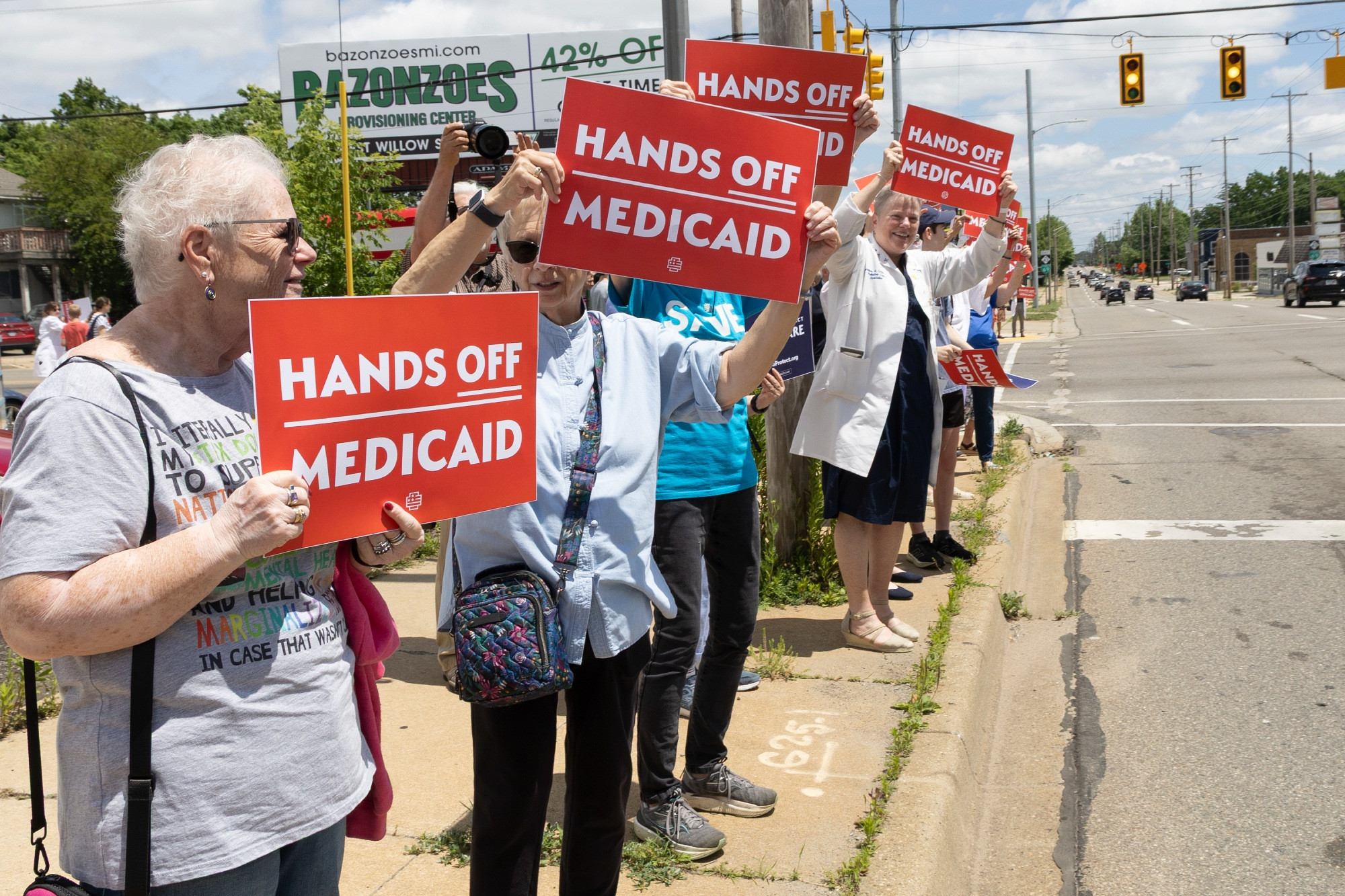
"The vast majority of people on Medicaid work. They just don't have jobs that provide health insurance," says @drrobdavidson.bsky.social
Republicans would have you believe folks on Medicaid are lazy shirkers. False. @drrobdavidson.bsky.social, Executive Director of the Committee to Protect Health Care with the truth. bit.ly/Click-2-Listen
Why are patients paying more just because the logo on the door changed? Hospital systems are buying up doctor's offices & raising prices. It's called hospital consolidation, & it's costing patients. Site-neutral payment reform can help fix it. #SameServiceSamePrice
![Patients are watching their health care bills skyrocket, even when nothing about their care has changed. Same doctor, same treatment, same location. So why the higher price tag? [Committee to Protect Health Care logo]](https://cdn.bsky.app/img/feed_fullsize/plain/did:plc:to7q37obxgpoe4avej4qoq3j/bafkreidwwb7cuef4xrxg267r74hsosirvcjytvozx4c4dnv2x2witq2pwu@jpeg)
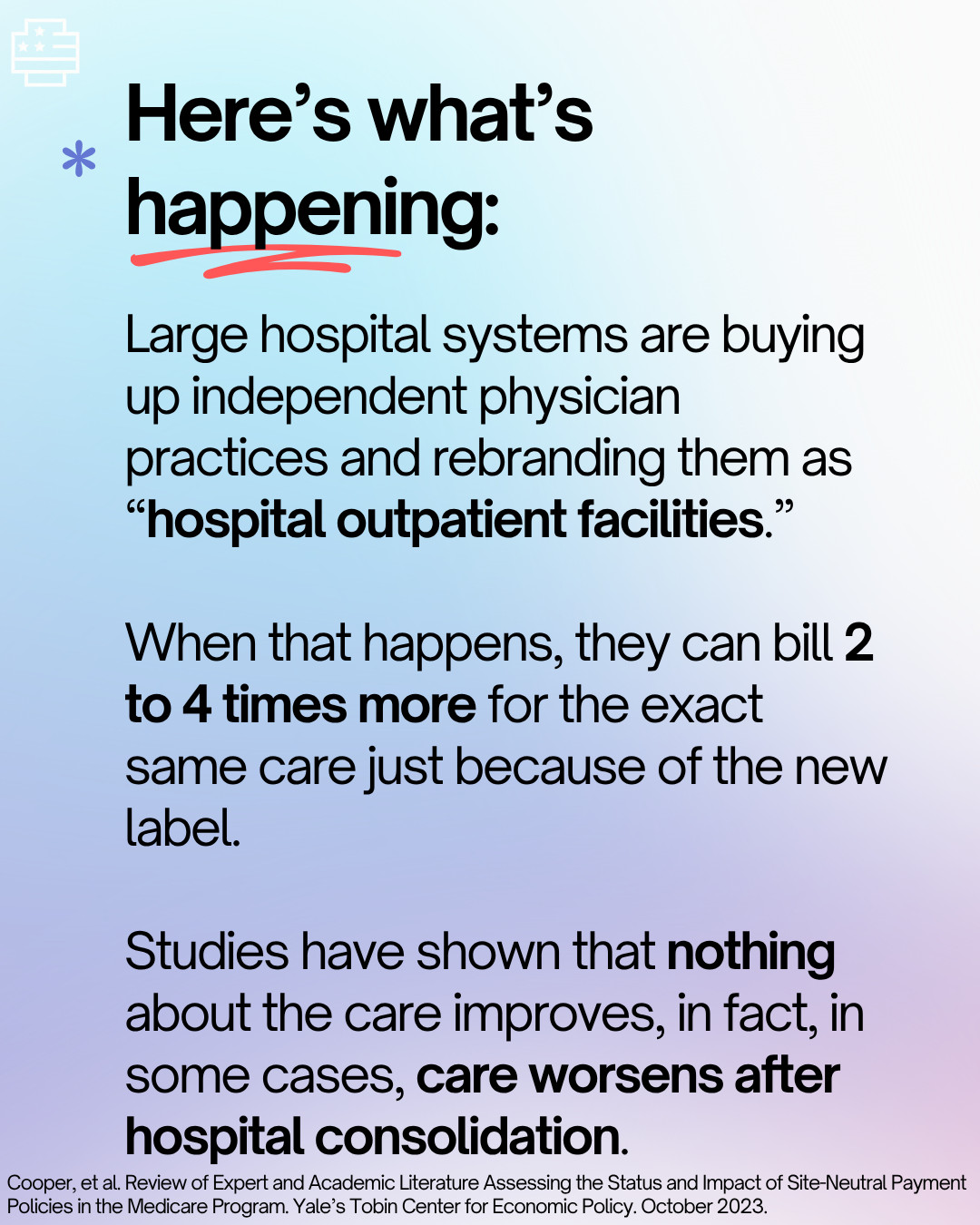
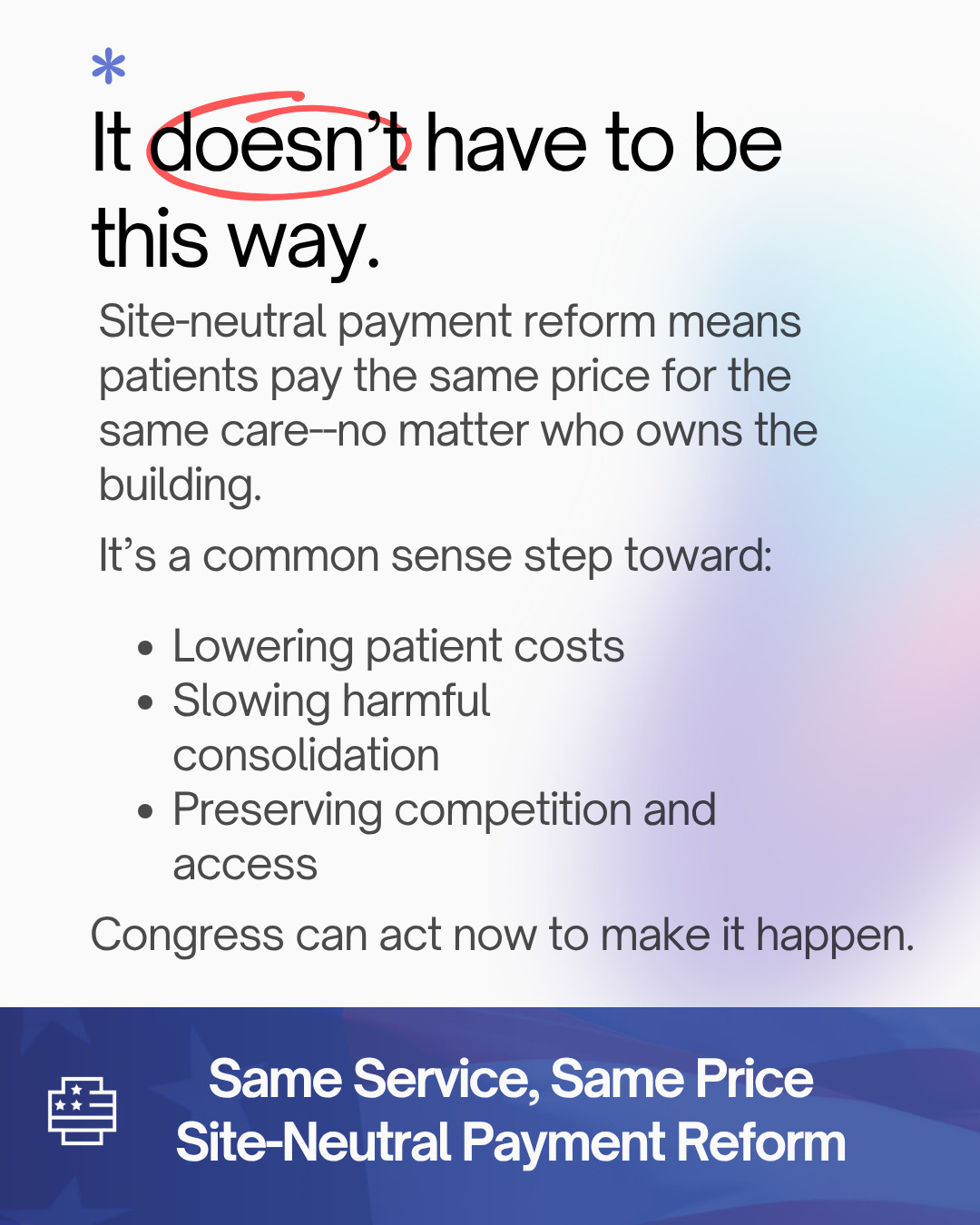
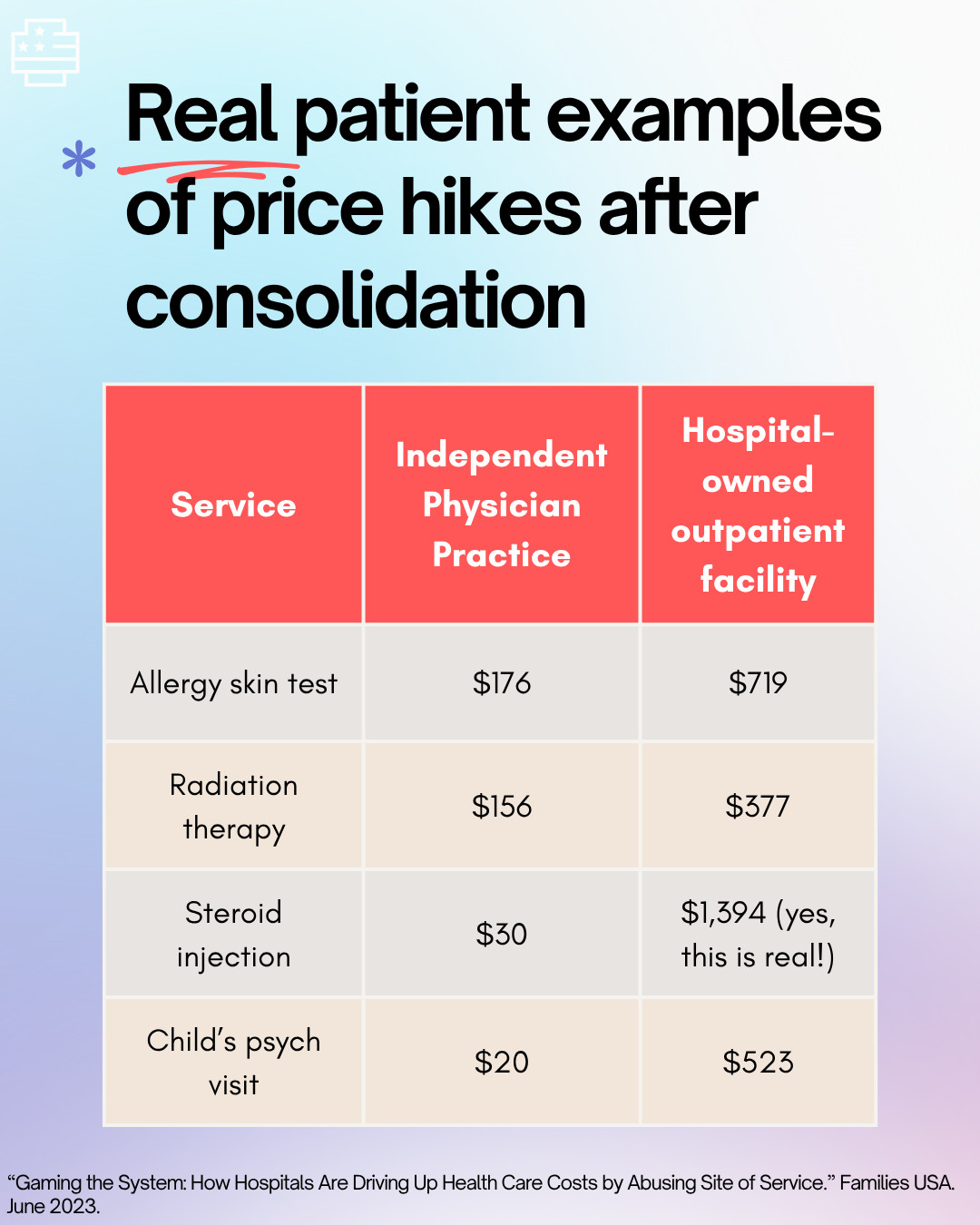
Doctors know the truth: Medicaid cuts were never about cutting fraud and abuse. It's always been about giving billionaires and corporations more tax breaks (AKA hand-outs) at the expense of moms, babies, seniors, and working families.
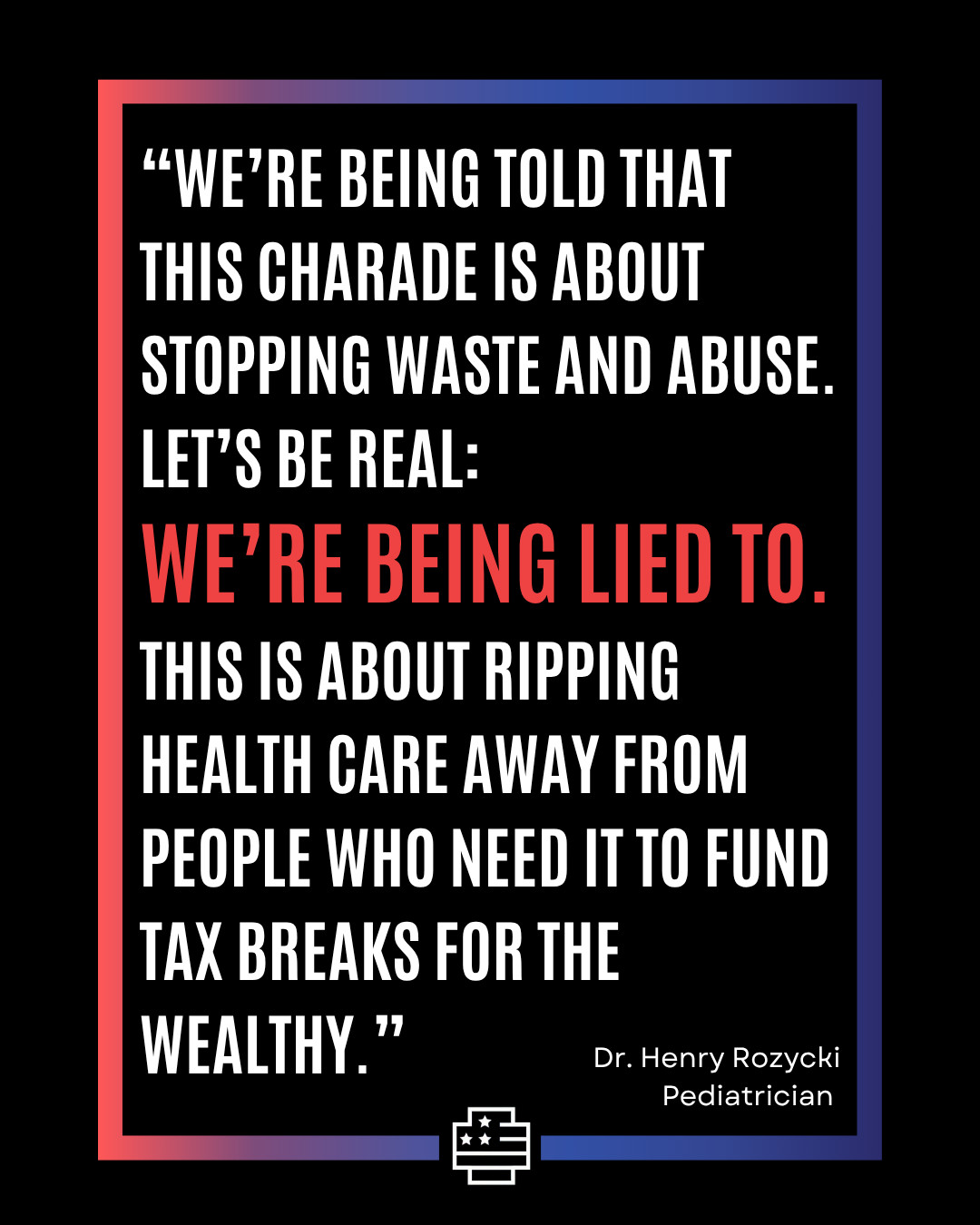
When politicians slash coverage, patients pay the ultimate price. This is why Committee doctors are fighting back.
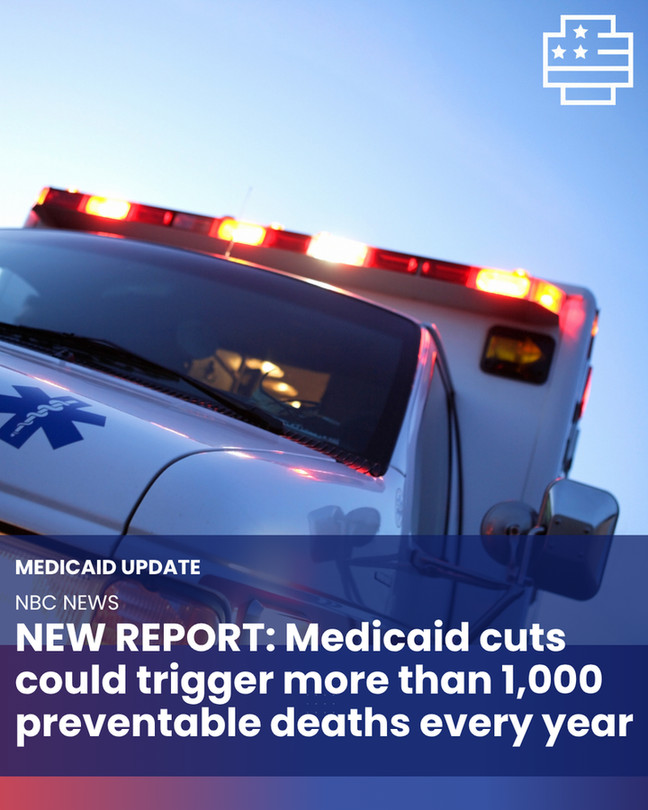
When politicians play games, patients pay the price. Doctors can't sit this one out.
The U.S. health care system isn't exactly user-friendly, but we're here to help translate. Swipe for the four terms that you need to know for the next open enrollment period and let us know if you have any other questions about navigating health insurance in the comments.
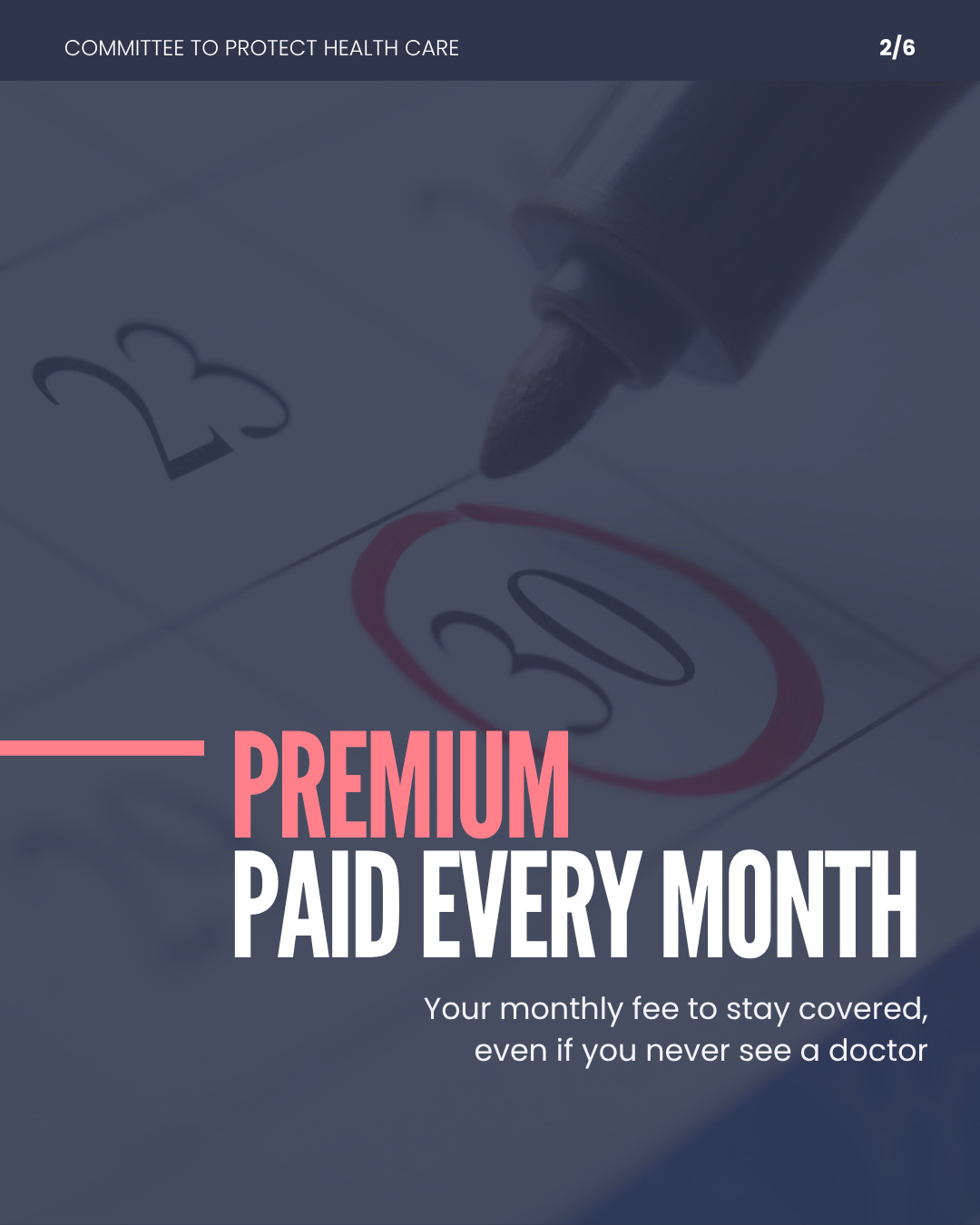
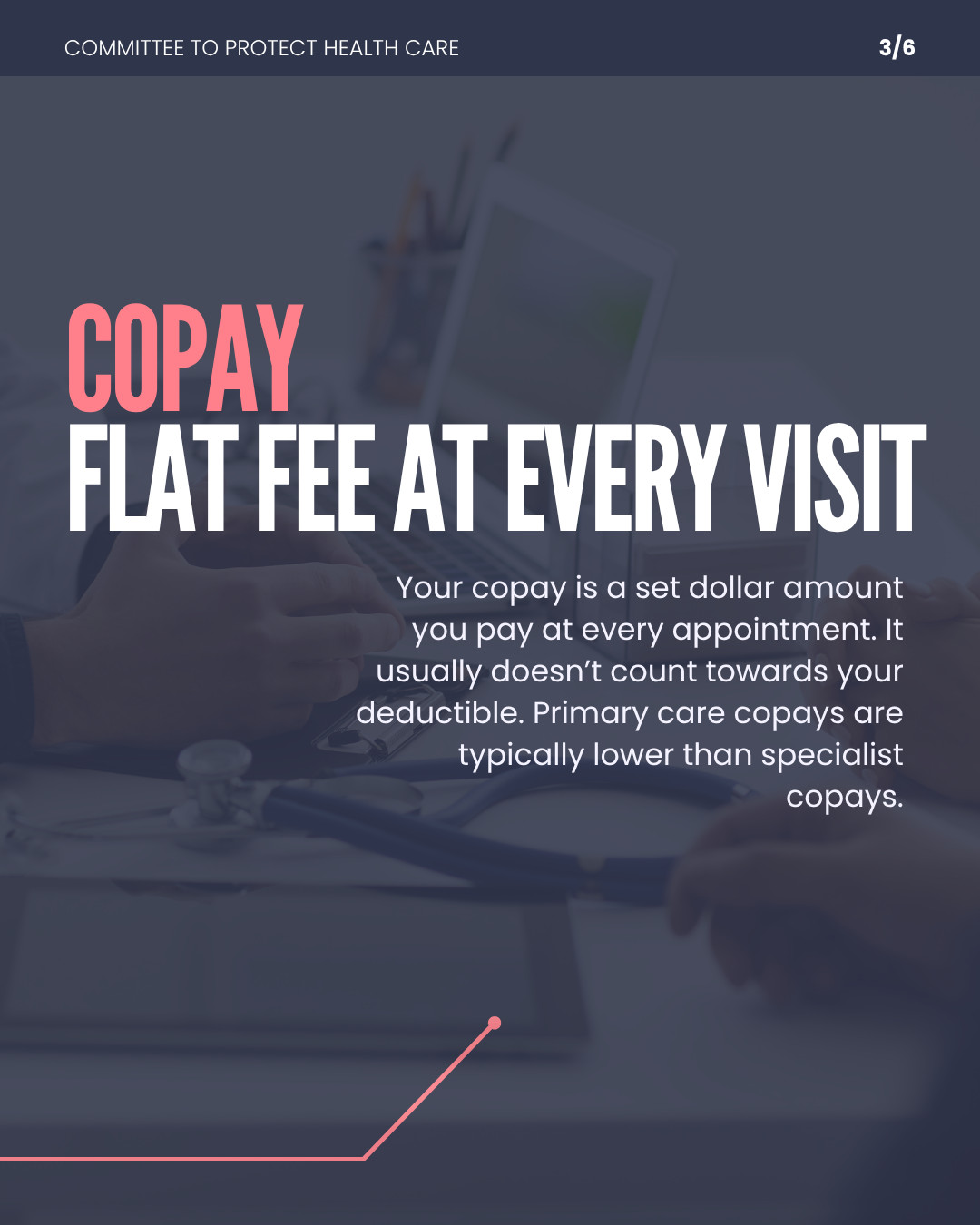
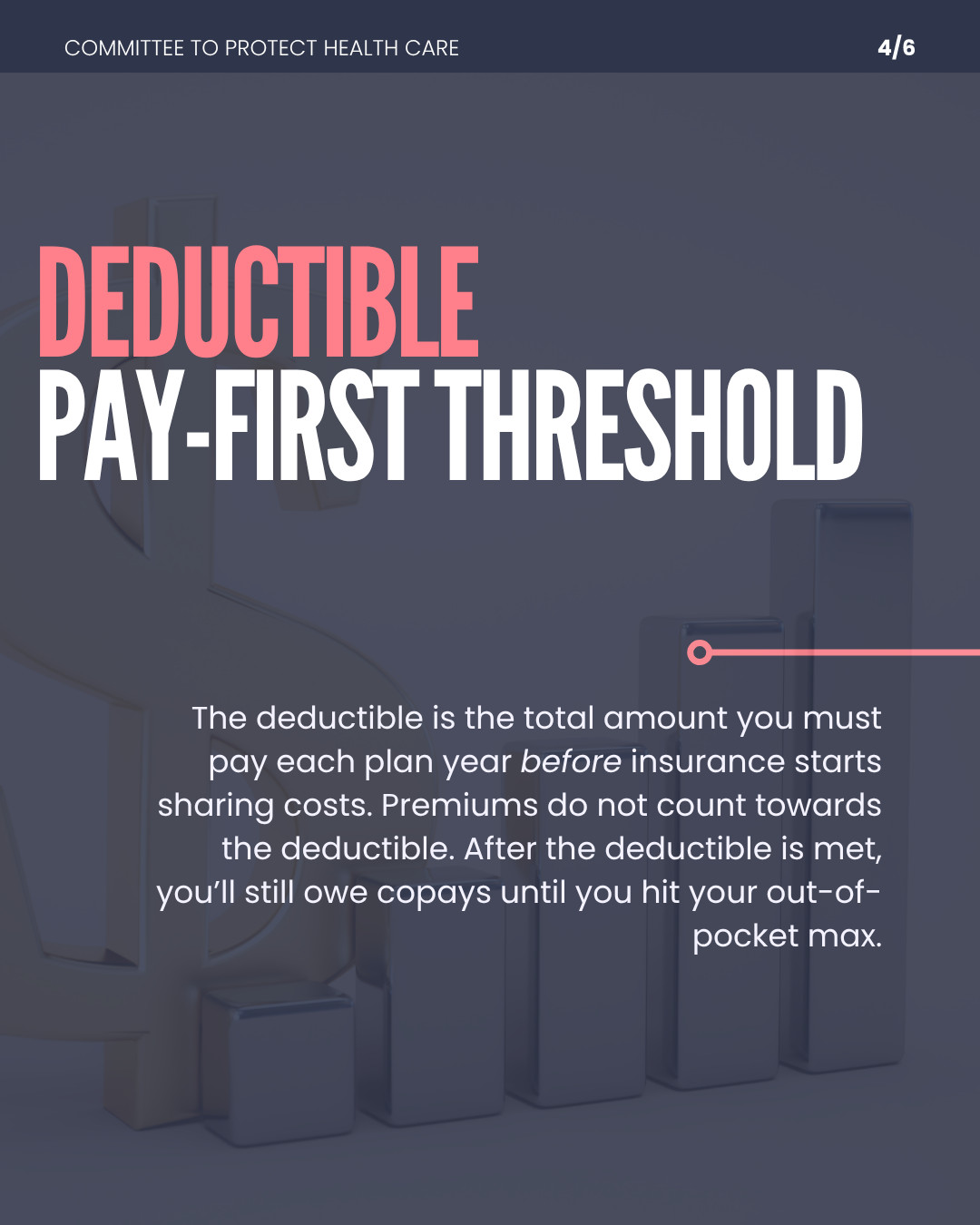
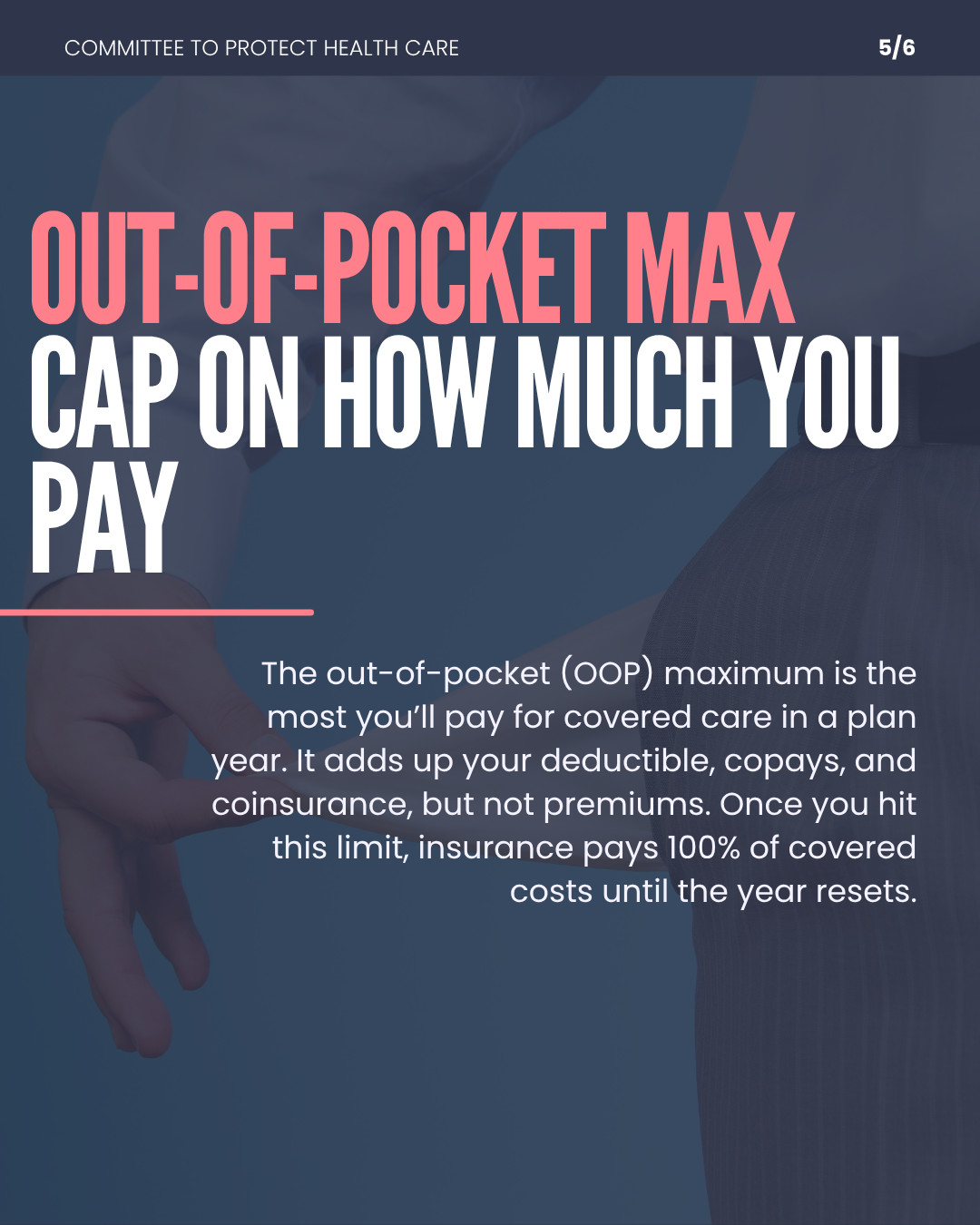
Medicaid cuts will devastate our health care system, especially in rural communities.
Today, I joined @seiu.org Virginia State Council, @protectourcare.org VA and @protecthealthcare.medsky.social to sound the alarm on the impact Medicaid cuts will have on Virginia.
It’s tough to say everything that needs to be said in a timed voicemail—but Dr. Wiederhold got it done.
She called @rephuizenga to demand he protect #Medicaid and stand up for her patients. Because when coverage is on the line, silence isn’t an option.
🩺 Docs: Make your call today. buff.ly/pJBwYhi